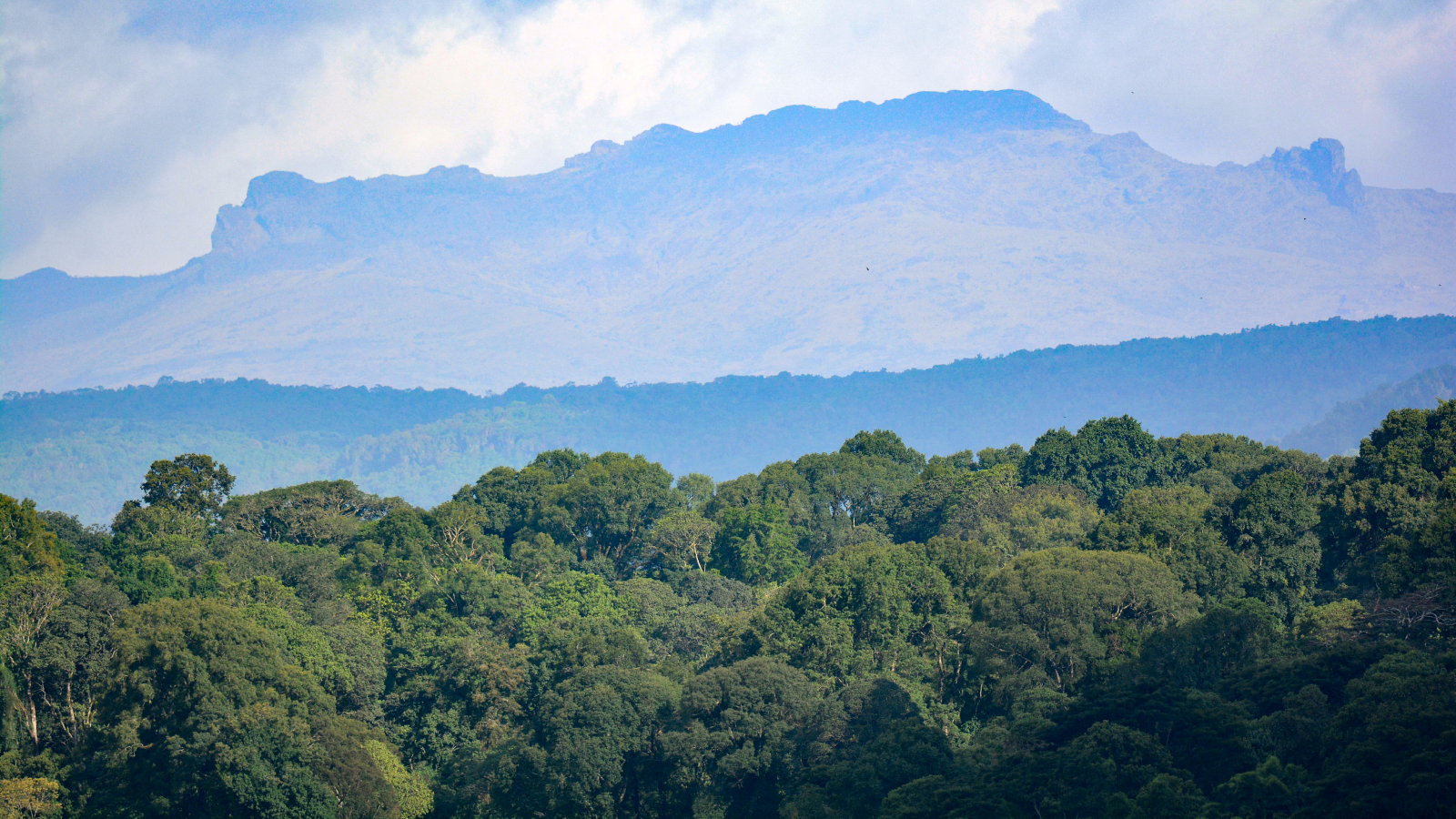What Is Dry Socket?

If you've ever had a tooth pulled, then you might be familiar with a severely painful — and aptly named — condition known as dry socket (alveolar osteitis).
Dry socket occurs when the blood clot protecting the site of a tooth extraction becomes dislodged, leaving the empty tooth socket dry and exposed.
A blood clot normally forms at the site of a tooth extraction, where it helps protect the nerves and bone underneath your former tooth. Without this helpful cushion, these nerves and bone are left exposed, which can trigger pain at the site of the extraction, as well as along the nerves that run to the ear and eye on the same side of the face.
Dry socket can be caused by a number of factors, but the most common include bacterial contamination at the site of the extraction, bone and tissue trauma resulting from the tooth extraction, or the presence of small fragments of bone in the extraction site after surgery.
There are several factors that may put patients at higher risk of developing dry socket after an extraction. Smokers, for example, are at a higher risk of developing this condition because the chemicals in tobacco smoke can irritate or contaminate a wound. Those with a history of periodontal disease, as well as patients who have had dry socket in the past, may also be at higher risk. Women taking birth control are also more susceptible to dry socket because high levels of estrogen in these contraceptives may dissolve blood clots.
Patients diagnosed with dry socket are often prescribed pain medication and instructed on proper self-care, such as how to flush out an extraction site and how to dress or pack a wound.
Follow Elizabeth Palermo on Twitter @techEpalermo, Facebook or Google+. Follow LiveScience @livescience. We're also on Facebook & Google+.
Get the world’s most fascinating discoveries delivered straight to your inbox.


